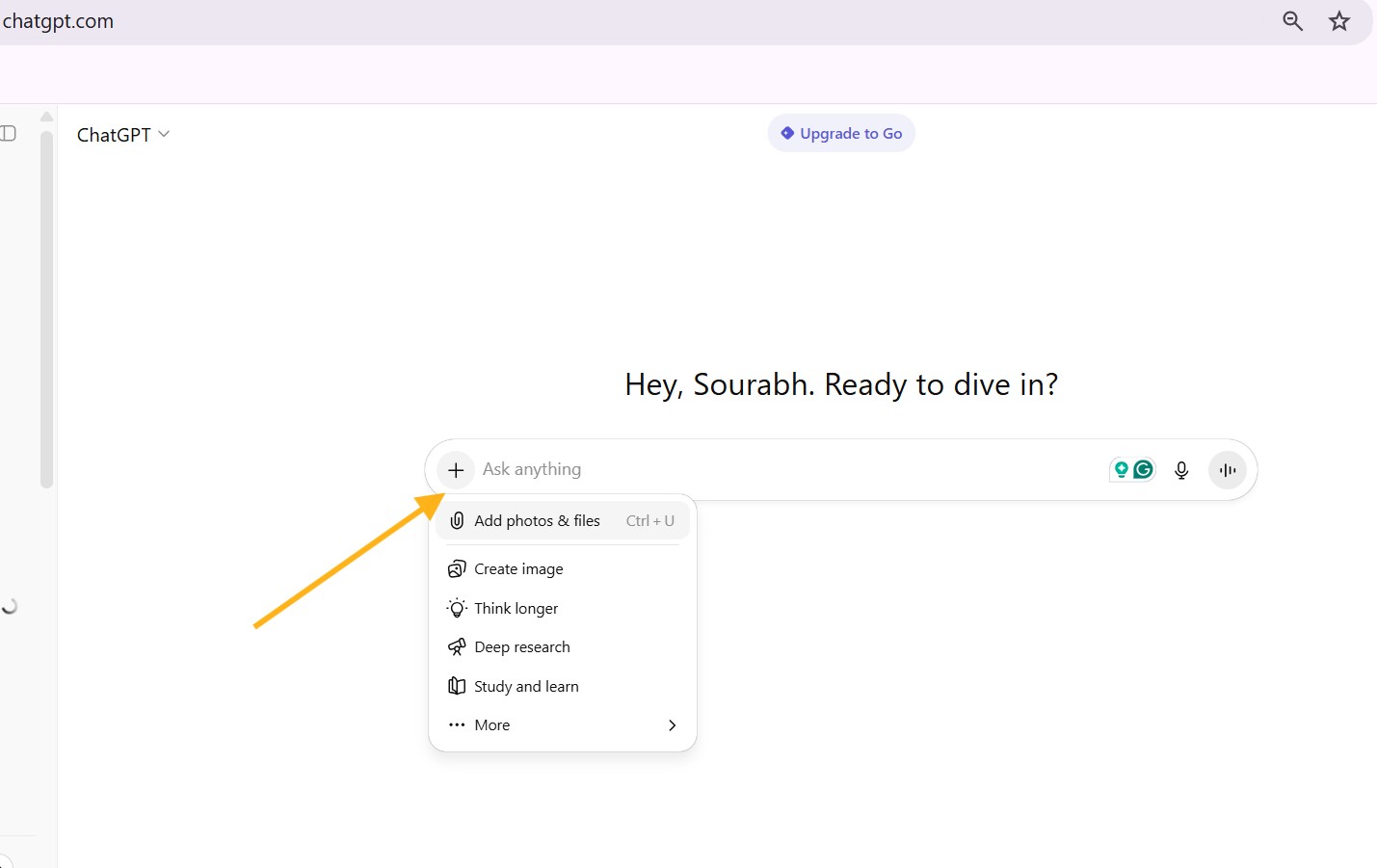
In the kingdom of artificial intelligence (AI), particularly in natural language processing (NLP), the concept of “context” plays a pivotal role. Context in a prompt helps AI models understand and generate more accurate and relevant responses. This blog explores the goal of using context in prompts, why it is essential, and how it improves the performance of AI models.
What is Context in a Prompt?
Context refers to the background information or relevant details provided alongside a prompt to guide an AI model’s response. It can include previous interactions, specific instructions, or additional data that helps the model understand the prompt better. By incorporating context, we can significantly enhance the AI’s ability to generate coherent and contextually appropriate responses.
Importance of Context in AI Prompts
Improving Relevance
Context ensures that the AI model’s responses are relevant to the prompt. Without context, the model may generate responses that are accurate but not pertinent to the user’s query. For instance, if a user asks a follow-up question without repeating previous details, providing the context of the earlier conversation helps the model generate a coherent response.
Enhancing Accuracy
Context allows the model to disambiguate and interpret the prompt correctly. For example, the word “bank” can refer to a financial institution or the side of a river. Providing context helps the model determine the correct meaning based on the given situation.
Facilitating Natural Conversations
In conversational AI, maintaining context across interactions is crucial for fluid and natural dialogue. Context helps the model remember past interactions, user preferences, and specific details, leading to more personalized and engaging conversations.
How Context Enhances AI Performance
Contextual Memory
Advanced AI models use mechanisms like attention and memory to retain and recall context. This capability allows the model to keep track of previous interactions and use that information to generate more informed responses. For instance, in a customer service chatbot, remembering a user’s previous issues can lead to more efficient and satisfactory support.
Disambiguation and Clarification
Context aids in disambiguating ambiguous prompts. If a user asks, “What’s the weather like?” the context of their location or previous conversation can help the AI provide an accurate and relevant response. Similarly, context can clarify vague instructions, ensuring the model performs the desired task correctly.
Tailored Responses
By incorporating context, AI models can tailor their responses to the user’s specific needs and preferences. This customization enhances user experience and satisfaction. For example, in a recommendation system, knowing the user’s past choices and preferences allows the model to suggest more relevant options.
Practical Applications of Context in AI Prompts
Customer Support
In customer support, context helps AI models provide more accurate and efficient assistance. By retaining information about previous interactions and issues, the AI can offer solutions that are tailored to the customer’s history and current needs.
Personal Assistants
Virtual personal assistants like Siri, Alexa, and Google Assistant leverage context to deliver personalized experiences. Context allows these assistants to remember user preferences, schedule details, and previous queries, making their interactions more relevant and helpful.
Content Generation
In content generation, context helps AI models produce coherent and contextually appropriate text. For example, in creative writing or news article generation, providing context about the topic, audience, and desired tone leads to higher quality and more targeted content.
Challenges and Considerations
Data Privacy
Using context involves retaining and processing user data, which raises privacy concerns. Ensuring data security and user consent is paramount to maintaining trust and compliance with regulations.
Computational Complexity
Maintaining context requires significant computational resources. Efficient algorithms and optimization techniques are essential to manage the complexity and ensure the model’s performance remains robust.
Conclusion
The goal of using context in a prompt is to enhance the AI’s understanding and response generation. By providing relevant background information, context improves the relevance, accuracy, and coherence of AI-generated responses. As AI continues to evolve, the effective use of context will be crucial in developing more intelligent, responsive, and human-like interactions.
Understanding context in prompts is key to unlocking the full potential of AI, leading to more natural conversations, personalized experiences, and efficient problem-solving. As we advance, the role of context in AI will undoubtedly become even more significant, shaping the future of human-computer interaction.



One thought on “Goal of using context in a prompt”